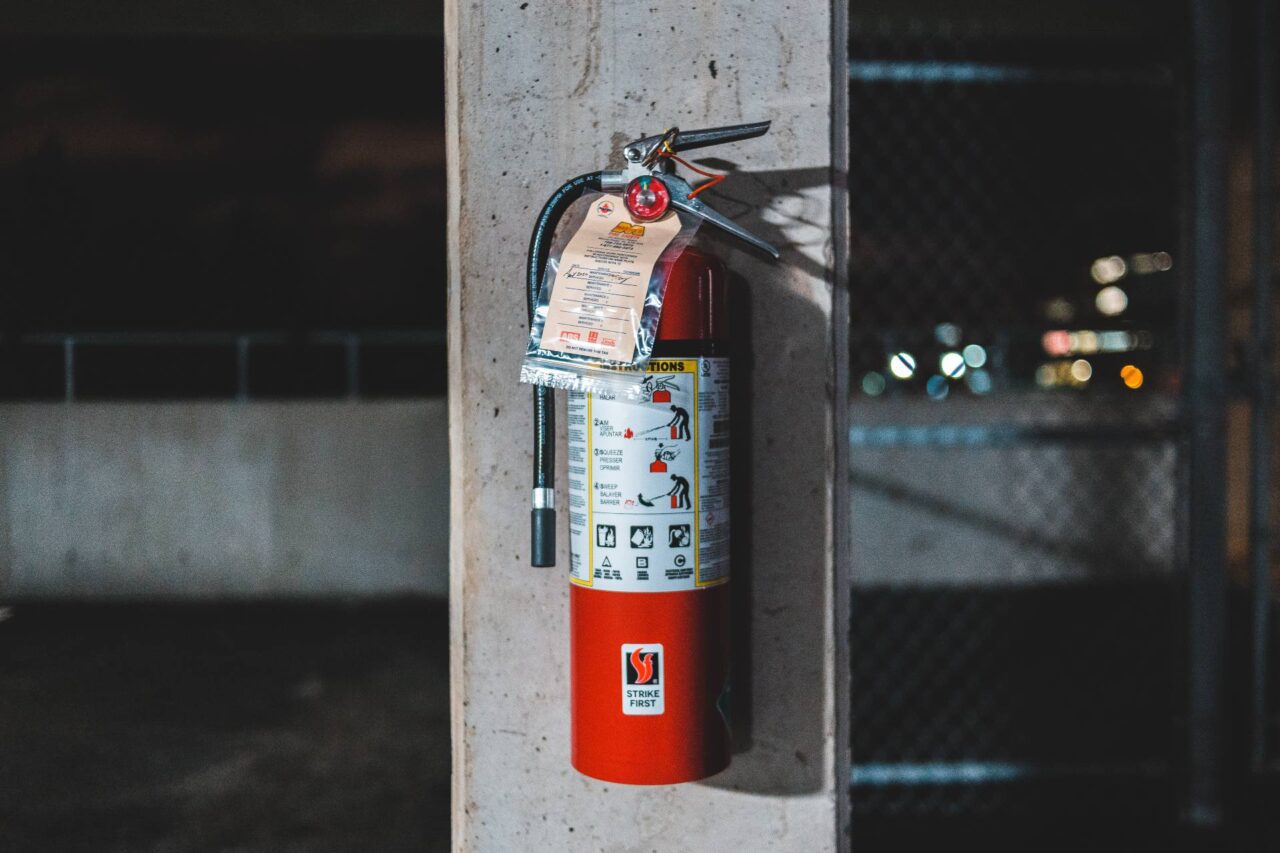What Do Clubs Need To Know about Fire Safety?

How to keep your club fire safe and fire ready
All employers, managers and owners need to be aware of the possibility of fire. Nearly anything electrical can start a fire, and a fire could result in the complete and total loss of your club premises. The rise in use of indoor pyrotechnics, candles, fireworks and wall decorations by individuals with little to no knowledge of fire safety has been a worry. Incidents like this in Manchester City Centre will continue to happen.
Club Insure, alongside Health and Safety consultants, Stallard Kane, have outlined the need to knows about fire safety laws and regulations. You can use this as a checklist to ensure your business is as protected as can be.
1. What are the Fire Safety Laws?
As with most health and safety laws and regulations, fire safety laws were introduced to reduce damage, injuries and deaths.
Laws on fire safety have existed since the Petroleum (Consolidaiton) Act in 1928, however relevant 21st century regulations include:
2. Have a ‘responsible person’
Effective fire safety has always relied upon responsible and competent people and that has not changed. However, it is now crucially important that those deemed ‘Responsible’ self-impose risk assessment techniques rather than await direction.
Risk assessments are an available resource at Club Insure. Once risks have been identitfied, the responsible person need to relay this information to all staff. It is everyone’s responsibility to act sensible and help to maintain fire safety measures.
Fire safety in the workplace is outlined in further detail by the government. This information should be read and understood by your responsible person.
3. Perform Fire Risk Assessments
Critical to the assessment and safety of fire procedures within your business, fire risk assessments need to be completed regularly and upon any changes to the layout or structure of your premises. They require a competent responsible person to carry out the assessment and will include:
Determining escape routesThese routes and exits must remain available and unobstructed. Alternatives should also be laid out. These routes then need to be protected by fire separators such as fire doors. An assembly place also needs to be determined as well as appropriate signs and emergency lighting.Providing means of a warningThere needs to be a mains operated fire alarm; a klaxon, an air horn or a whistle depending on the size of the premises. This needs to be tested regularly – most offices and buildings test every week. The warning needs to be loud in order to get the attention of the assembly.Providing means of fighting the fireFire extinguishers should be available around the site. The allocated responsible person should be able to provide rudimentary training to all employees and volunteers. This would include the education that different materials require different types of extinguishers. Paper and cloth require a water extinguisher; flammable liquids required dry powder and foam extinguishers; electrical fires require CO2 extinguishers.
In order to keep your premises fire safe, you must follow these legal requirements: Follow fire safety law; Delegate fire safety duties; perform fire risk assessments; create a tailored fire safety plan.
Club Insure are able to assist with each of these legal requirements. We perform a visitation to each of our clients and can provide useful information and resources specific to their premises. Get in touch with our account handlers today.






